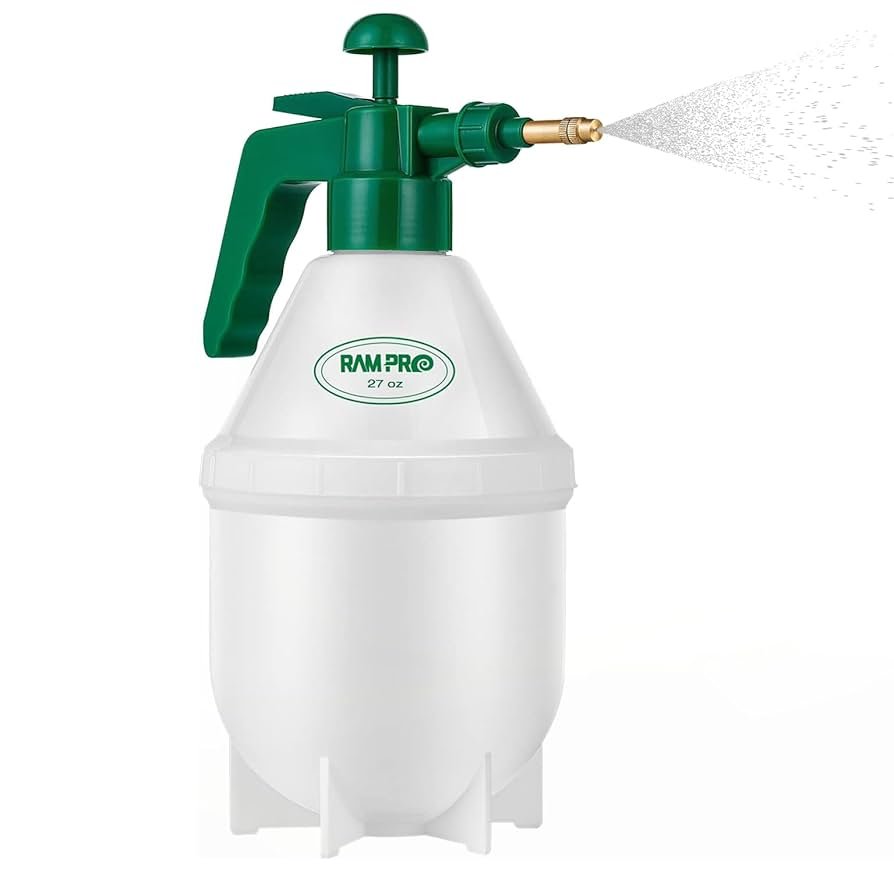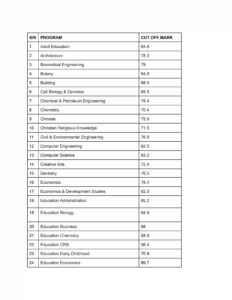
Boost Your Garden: Essential Tips For Using A Sprayer
Looking to achieve a flawless, streak-free finish in your painting projects? Meet your new best friend: the sprayer. This innovative tool ensures smooth, even coverage with minimal effort. Say goodbye to tedious brush strokes and hello to professional-quality results in no time. Ready to elevate your painting game? Let’s dive into the world of sprayers.
Everything You Need to Know About Sprayers
Sprayers are incredibly useful tools that can make a big difference in your gardening, painting, or pest control projects. In this comprehensive guide, we’re going to dive deep into the world of sprayers. From understanding the different types of sprayers to learning how to properly maintain them, this article will cover everything you need to know to get the most out of your sprayer.
The Basics of Sprayers
Sprayers come in various shapes and sizes, each designed for specific purposes. The most common types of sprayers are handheld sprayers, backpack sprayers, and tow-behind sprayers. Handheld sprayers are perfect for small gardening tasks, while backpack sprayers are ideal for larger areas like yards or fields. Tow-behind sprayers, on the other hand, are typically used for agricultural purposes.
Handheld Sprayers
Handheld sprayers are lightweight and easy to use, making them perfect for spraying pesticides, fertilizers, or herbicides in your garden. They usually come with a pump mechanism that you can operate by hand to release the spray. Handheld sprayers are great for precise application in small areas.
Backpack Sprayers
Backpack sprayers offer more capacity than handheld sprayers and are worn like a backpack for more extended use. They often come with adjustable nozzles and straps for comfort, allowing you to cover larger areas efficiently. Backpack sprayers are popular among professional landscapers and homeowners with bigger yards.
Tow-Behind Sprayers
Tow-behind sprayers are attached to vehicles like lawn tractors or ATVs, making them perfect for large-scale spraying tasks. These sprayers have tanks with significant capacity, allowing you to cover vast areas in a short amount of time. Tow-behind sprayers are commonly used in agriculture for applying fertilizers or pesticides to crops.
Choosing the Right Sprayer
When selecting a sprayer for your needs, there are a few essential factors to consider. First, determine the size of the area you’ll be spraying and the type of liquids you’ll be using. Different sprayers are designed for specific liquids, so make sure you choose one that is compatible with what you’ll be spraying.
Additionally, consider the ease of use and comfort of the sprayer. If you have a large area to cover, a backpack or tow-behind sprayer might be more suitable than a handheld one. Also, think about the nozzle type and adjustability, as this can affect the precision and coverage of your spray.
Maintaining Your Sprayer
Proper maintenance is crucial to ensure your sprayer performs optimally and has a long lifespan. Here are some essential maintenance tips to keep your sprayer in top condition:
Cleaning
After each use, make sure to clean your sprayer thoroughly to prevent clogs and build-up. Use water and a mild detergent to rinse out any residue from the tank, hoses, and nozzles. Regular cleaning will also help prevent chemical contamination when switching between different liquids.
Storage
When storing your sprayer, make sure to empty the tank completely and rinse it out with clean water. Store your sprayer in a cool, dry place away from direct sunlight to prevent UV damage. Proper storage will help extend the life of your sprayer and ensure it’s ready for the next use.
Regular Inspections
Periodically inspect your sprayer for any signs of wear or damage. Check the hoses, nozzles, and seals for leaks or cracks and replace any worn-out parts immediately. Keeping your sprayer well-maintained will prevent costly repairs and ensure consistent performance.
Using Your Sprayer Safely
While sprayers are valuable tools, it’s essential to use them safely to protect yourself and the environment. Follow these safety tips when using your sprayer:
Wear Protective Gear
Always wear appropriate protective gear, including gloves, goggles, and a mask, when handling chemicals or pesticides. This will help prevent skin irritation, eye damage, or inhalation of harmful fumes.
Read Instructions Carefully
Before using your sprayer, read the manufacturer’s instructions carefully to understand how to operate it correctly. Follow the guidelines for mixing and applying chemicals to ensure effective and safe use.
Keep Children and Pets Away
When using your sprayer, make sure to keep children and pets at a safe distance. Store your sprayer in a secure location out of reach of curious hands or paws to prevent accidents or exposure to chemicals.
In conclusion, sprayers are versatile tools that can make your gardening, painting, or pest control tasks more manageable and efficient. By understanding the different types of sprayers, choosing the right one for your needs, and maintaining it properly, you can ensure your sprayer serves you well for years to come. Remember to use your sprayer safely and follow the recommended guidelines to protect yourself and the environment. Happy spraying!
How to Assemble & Use a 20Litre Backpack Weed Sprayer
Frequently Asked Questions
How do I properly clean and maintain my sprayer?
Regularly clean all parts of the sprayer with water and soap after each use to prevent clogging. Ensure to store the sprayer in a dry place to avoid rust and damage. Periodically lubricate any moving parts to keep the sprayer functioning smoothly.
What safety precautions should I take when using a sprayer?
Always wear appropriate protective gear such as goggles, gloves, and a mask to protect yourself from chemicals and prevent injuries. Ensure proper ventilation in the area where you are using the sprayer to avoid inhaling harmful fumes. Read and follow the manufacturer’s safety instructions and guidelines.
How can I troubleshoot common issues with my sprayer?
If your sprayer is not working properly, check for any clogs in the nozzle or hoses and clean them thoroughly. Make sure the pump is primed and the tank is properly pressurized. If the issue persists, refer to the user manual for troubleshooting steps or contact the manufacturer for assistance.
Final Thoughts
In conclusion, a sprayer is an essential tool for efficient and precise application of various liquids. Whether it’s for gardening, painting, or pest control, a sprayer simplifies the task at hand. Remember to choose the right type of sprayer based on your specific needs and the type of liquid you will be using. Investing in a high-quality sprayer can save you time and effort in the long run. So, make sure to add a reliable sprayer to your toolkit for a smoother and more effective workflow.


